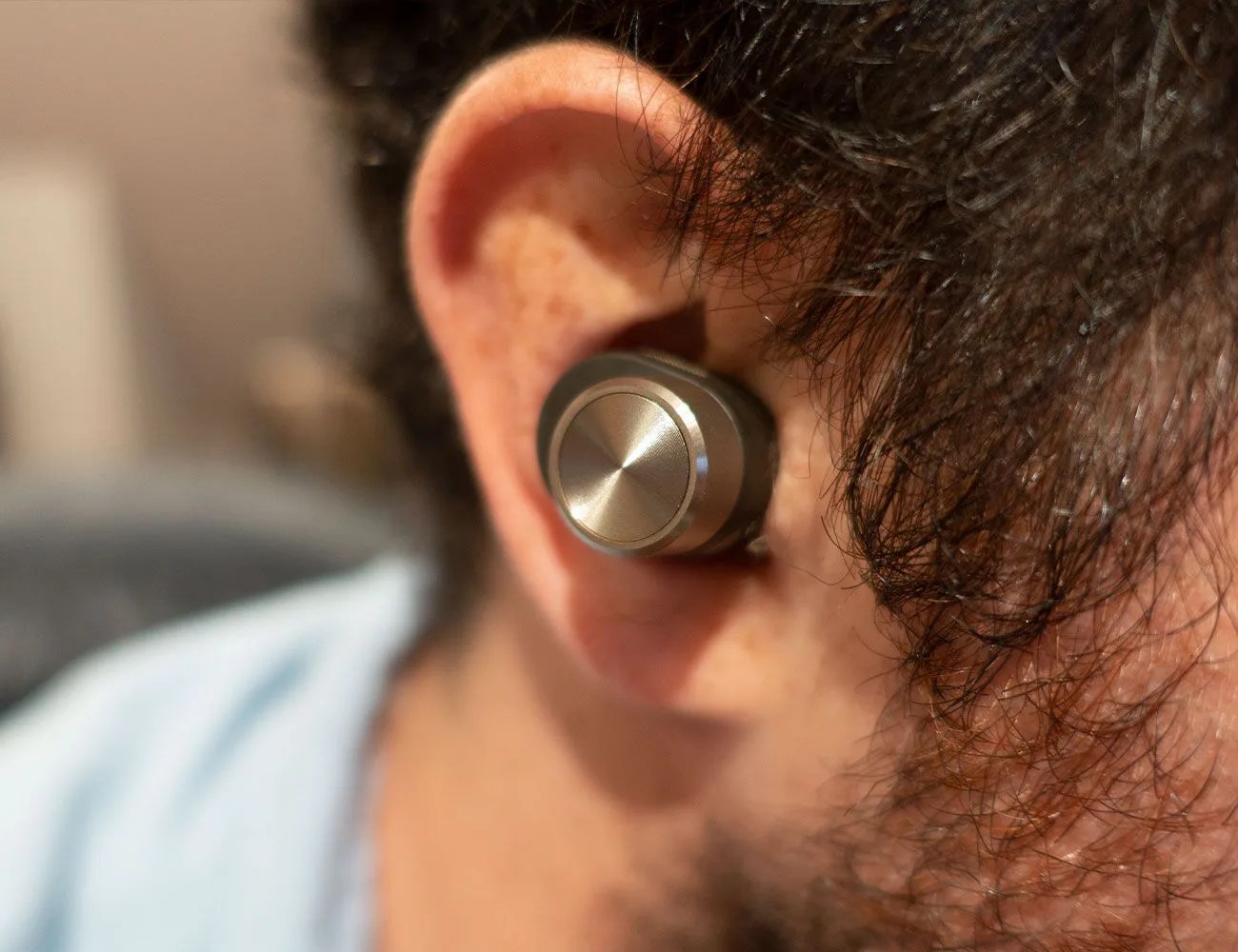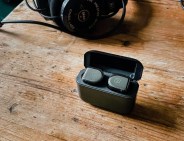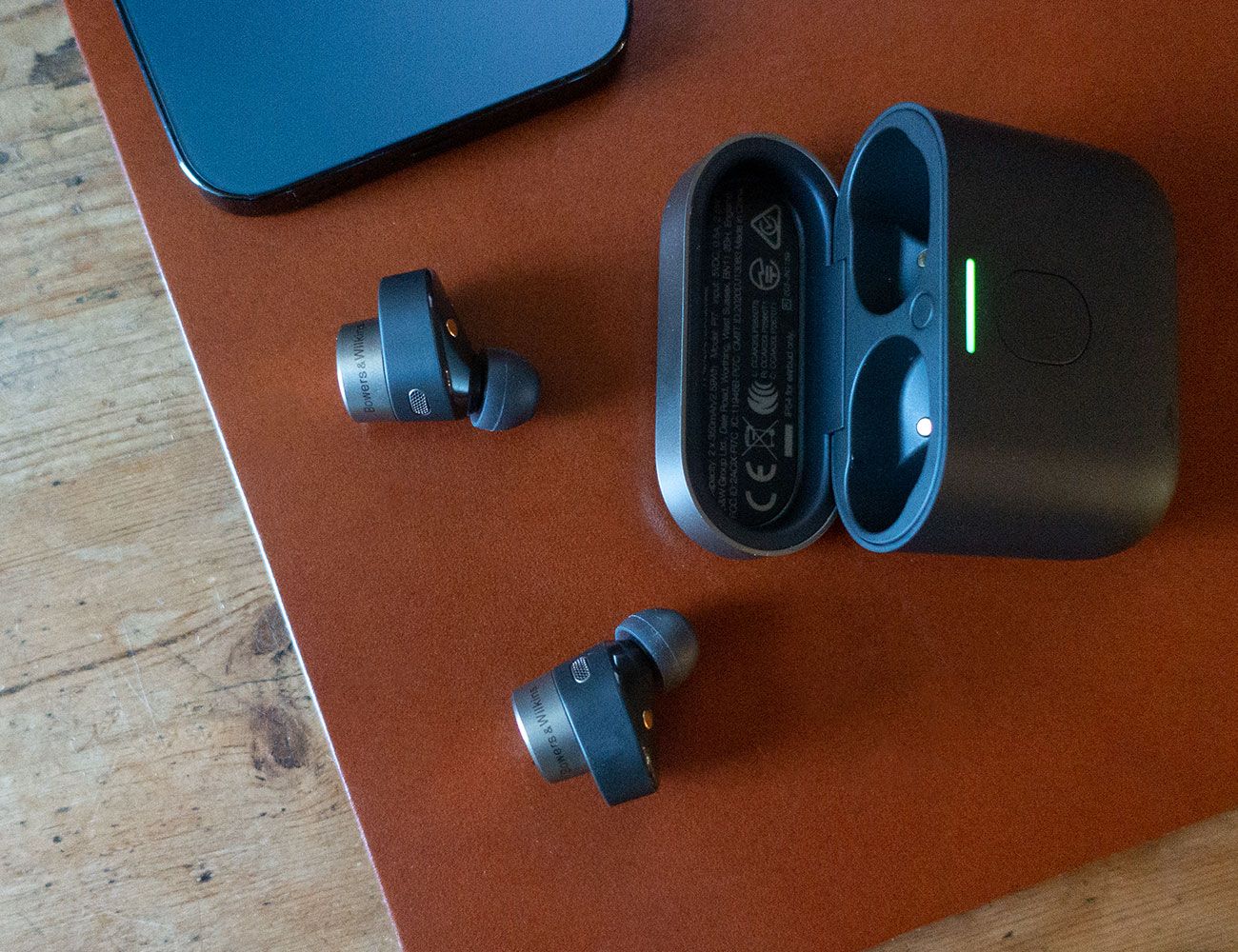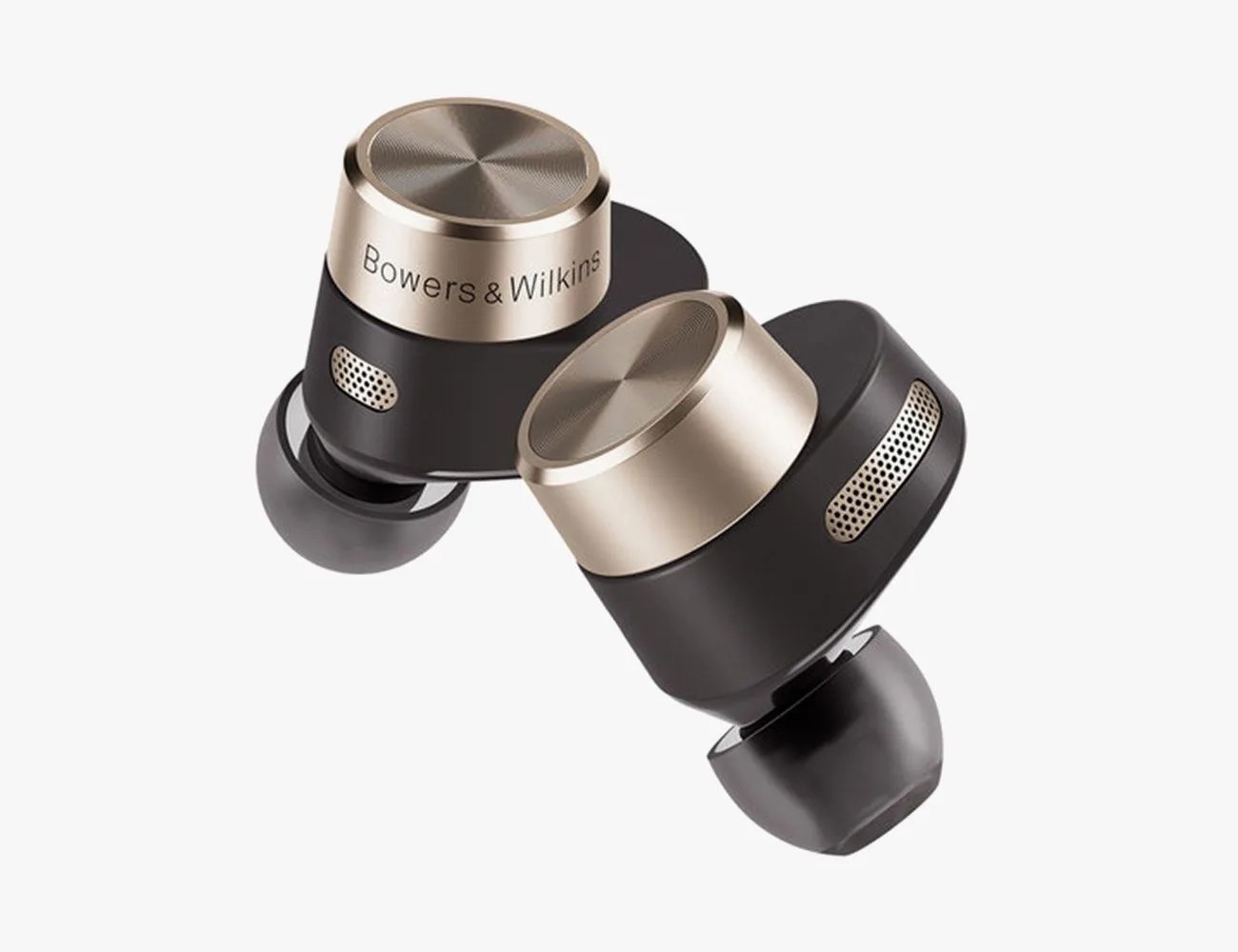Bowers & Wilkins is very to the wireless earbud game but the high-end audio company’s first pair of wireless earbuds, the PI7, still manage to stand out in a crowded field. Their sound quality is among the best of any wireless earbuds I’ve tested. They’re decked out with premium features like noise-cancellation and transparency modes, multi-device pairing and wireless charging. Plus, that have one very unique and clever feature I’ve never seen in wireless buds before.
The catch? It’s the wildly high price. The PI7 are also one of the most expensive wireless earbuds you can buy. At $400, they’re significantly more expensive than Apple’s AirPods Pro and Bose QuietComfort Earbuds, two best noise-canceling wireless earbuds on the market, which are both terrific in their own right. They’re also more expensive than many wireless earbuds that are made by high-end audio companies like Sennheiser, Master & Dynamic, Klipsch and Bang & Olufsen.
But if that’s not your breaking point, I can’t recommend anything else more highly.
These are audiophile grade, truly.
The audio quality of B&W’s PI7 wireless earbuds jumps out right away. From the moment I started listening to them, the sound was clear, punchy and had a wonderfully wide soundstage that wasn’t too dissimilar to Bowers & Wilkins’s over-ear headphones, like the B&W P7 (and previous B&W PX). I primarily listened to tracks using Tidal HiFi subscription — more specifically, I’m basically been listening to London Grammar’s new album, California Soil, on repeat — and to my ears they make for a marked improvement over competition like the AirPods Pro.
 Tucker Bowe
Tucker BoweAnd that should come as no surprise. It’d be astounding if the B&W PI7 wireless earbuds didn’t sound exceptional. Each earbud is decked out with dual high-performance drivers and an integrated amplifier to ensure that they’re properly powered. And those drivers have been engineered by the same team behind the company’s 800 Series Diamond loudspeakers, premium kit that cost $15,000/pair.




